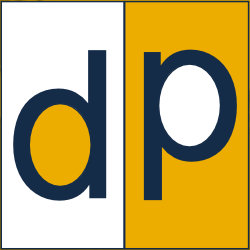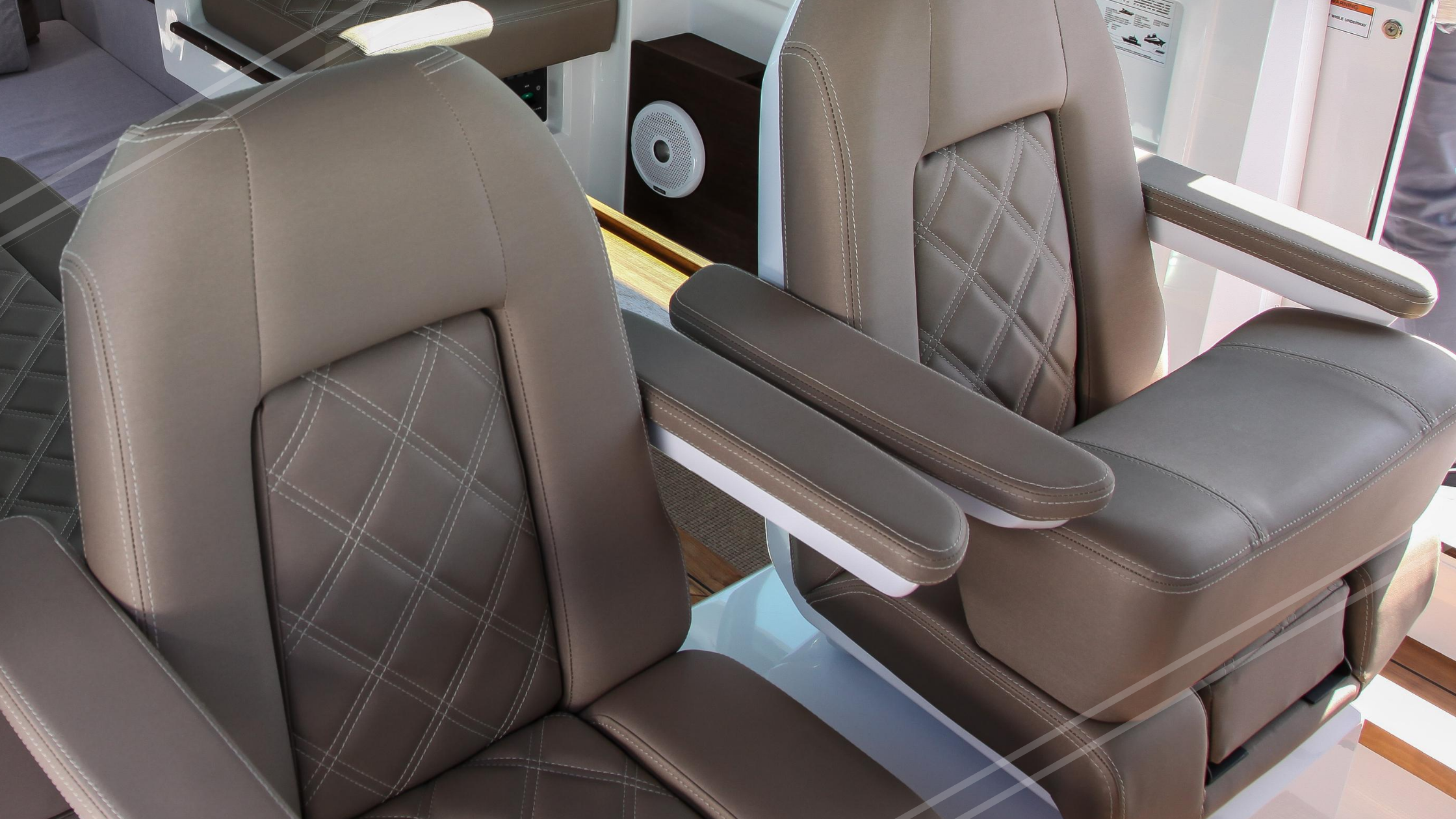Digital Patterning For Marine Fabricators. Full Speed Ahead.
Increasing adoption of digital patterning practices raises the tide of marine fabricator profits for everyone.
Image courtesy of Eclipse Yachts
Legacy hand patterning practices lose favour with marine fabricators.
Searching for better profit and service, digital patterning adoption grows fast.
If you have missed the boat on digital patterning, we provided an overview of the big picture.
What’s the problem anyway.
Legacy hand patterning for marine covers, biminis, interiors, composite parts and hulls is no longer able to improve service and profit:
These practices are old and have hit their productivity ceiling.
It is also more difficult than ever to find experienced legacy pattern makers.
Digital patterning is a popular practice that overcomes these issues.
Here are 6 big picture questions you have asked and our answers.
Why are companies shifting from legacy hand patterning to digital patterning? Simply put it is faster and more profitable. How much depends on your company and area of focus, but the general rule of thumb is it's at least twice as fast. In fact we have many reports and examples of companies improving by substantially more - upwards of 300 or 400 percent. Profitability improvement varies also depending on the company. We put together a simple ROI example so you can get a sense of the 6 month cumulative savings.
This example assumes a labor rate of $40 per hour. It also assumes that a complete pattern includes the following 4 items:
The patterns
A nest file ready to cut
Drawings for assembly instructions
A cost estimate to produce the parts
Take a look at the example below. The current 6 month cost is the cost of legacy hand patterning. The net return after 6 months is an impressive $96,000.
ROI Example: courtesy www.Exactflat.com
The core digital patterning workflow has 5 basic steps. The steps are easy to learn and they mirror the practices used in legacy hand patterning, but each step is much faster owing to the digital advantage. The other advantage is these steps are all linked together. So there is no file conversions, adaption, or trafficking work from place to place. There is also no need to re-enter data from one system to another. The linking of the steps together is an elegant and appropriate feature that results tangible financial and operational benefit. Below are video examples of each step:
Flattening a Bimini Cover Example
Adding Pattern Features Example
Creating a Nest File Example
Digital Patterning Documentation Example
If it is flexible and fabricable, then it is a candidate for digital patterning. Here are more video examples:
A inflatable zodiac style boat
An aluminum boat hull
It does not matter at what point your services fit within the value chain.
OEM manufactures use digital patterning to project and estimate costs at early stages of the design process. They also use it to validate vendor bids and better manage supply chain costs.
Tier 1 vendors use digital patterning for production work on projects of all kinds. Job costing, patterning, retrofits, OEM tenders, and custom after market opportunities.
After market custom canvas fabricators use digital patterning for the full spectrum of service work. Below is an example of a digital patterning success story to give you a flavour.
Eclipse Yachts, out of Palm Beach Florida, is an after market custom fabricator for the marine industry. Fabricating awnings, biminis, covers, and interiors would involve manual measurements, drape and tape paper or plastic patterning, then iterative editing the final patterns until they fit perfectly. Legacy hand patterning was limiting their ability to take on new work and grow their business.
After carefully looking at the options on the table, Eclipse focused on two goals:
Eliminate manual processes,
Automate repetitive tasks.
With this guiding philosophy in mind, the team prioritized a shift to digital pattern making:
Pattern creation - creating the initial patterns.
Pattern design - adding features such as seams, grommets, zippers, etc.
Implementation and refinement - producing the final pieces, fittings, optimizing etc.
The result? “Time to market was reduced by a more than 50%.” According to Joy Hutchinson, Founder and President of Eclipse Yacht Canvas.
Eclipse Yachts was able to “... eliminate the iterative, manual processes that had become the industry standard. We can now respond faster to our customers’ needs, and it’s winning us more business.” according to Ms. Hutchinson.
David Smallwood, Head of Engineering at Eclipse commented, “we can now create production ready flat patterns in minutes, rather than days or weeks.”
The entire process change was achieved in less than 5 weeks and cost less than ¼ of a pattern maker's annual salary - not bad for a 50% improvement on every project.
For those interested in making the switch to digital patterning here is a process that can be used to evaluate if it is right for you.
Be clear of you goal and reasons to change.
This is pretty straight forward. Clear answers to the following questions, will help to ensure you get off to a good start to improving your processes.
How many patterns do you do a month?
How many more do we want to do?
Is there a production backlog?
How many hours does it take to make a cut ready pattern? Consider the following:
Initial flat patterns
Pattern development
Nest files
Cost
Assembly documentation
What’s business benefit do you expect from changing your process?
Win more business
Make more profit
Win a big account
Beat a certain competitor
Simplify processes
Why is improving your process a high priority?
If it is not a priority, it likely won’t happen.
When would you like to have achieved your improvement goal (dd/mm/yy)?
This will drive you team resources and urgency.
Get the facts on the ROI
We covered this above and it is a good thing to do an ROI even before you go looking for solutions. It puts the team on the same page and aligns them to the desired outcome.
Validate the technical aspects of the digital patterning solution.
You will want to at the very least look at the following 3 things:
Validate time savings for:
Initial flat patterns
Pattern development
Nest files
Cost
Assembly documentation
Validate ease of use, and
Validate accuracy
















